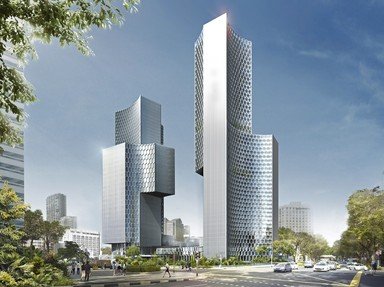Quiz Answer Key and Fun Facts
1. These were some of the earliest large structures built by mankind. What are they called?
2. The structure shown is a reconstruction of a famous building in Halicarnassus, a city in ancient Asia Minor. It was built for King Mausolus by his wife and sister, Artemisia, and was one of the Seven Wonders of the Ancient World. What was its purpose?
3. This famous structure is found in Athens, Greece on top of a hill called the Acropolis. Called the Parthenon, what purpose did it serve?
4. Our next building is found in Rome, Italy. Although it is in ruins now, in its heyday it must have been a magnificent structure. There were hundreds of buildings like this one scattered throughout Rome; the Romans called them "thermae." Inside, there were rooms called frigidarium, tepidarium, and caldarium. They were popular meeting places for the ancient Romans. What do we call them?
5. Our next structure is obviously a church of some kind, but a special kind of church. It derives its name from the fact that it is the seat of a bishop. The one shown is in Salisbury, England and is known for its high spire. What do we call a church like this?
6. Many of these structures were built in Europe during the Middle Ages. The were often built on top of hills, and surrounded by a ditch filled with water called a moat. What type of building is shown here?
7. Our next example of a type of architecture is the stately residence of a king or queen, doge, or powerful nobleman or church official. The one shown here is in Honolulu, and was once the residence of Queen Liliʻuokalani. What are buildings like this called?
8. The next type of structure is designed primarily for travelers who need temporary quarters while away from home, although some may decide to make it their permanent residence. They can be very small, or huge like the Le Bellagio shown here. What do we call these types of buildings?
9. The first of this type of building was erected in Chicago in 1885. It takes its name from its great height, and is usually found in large cities. What are these very tall structures called?
10. Our final example of types of architecture is a place where things are manufactured. What is the general name for one of these industrial buildings?
Source: Author
daver852
This quiz was reviewed by FunTrivia editor
LadyCaitriona before going online.
Any errors found in FunTrivia content are routinely corrected through our feedback system.


